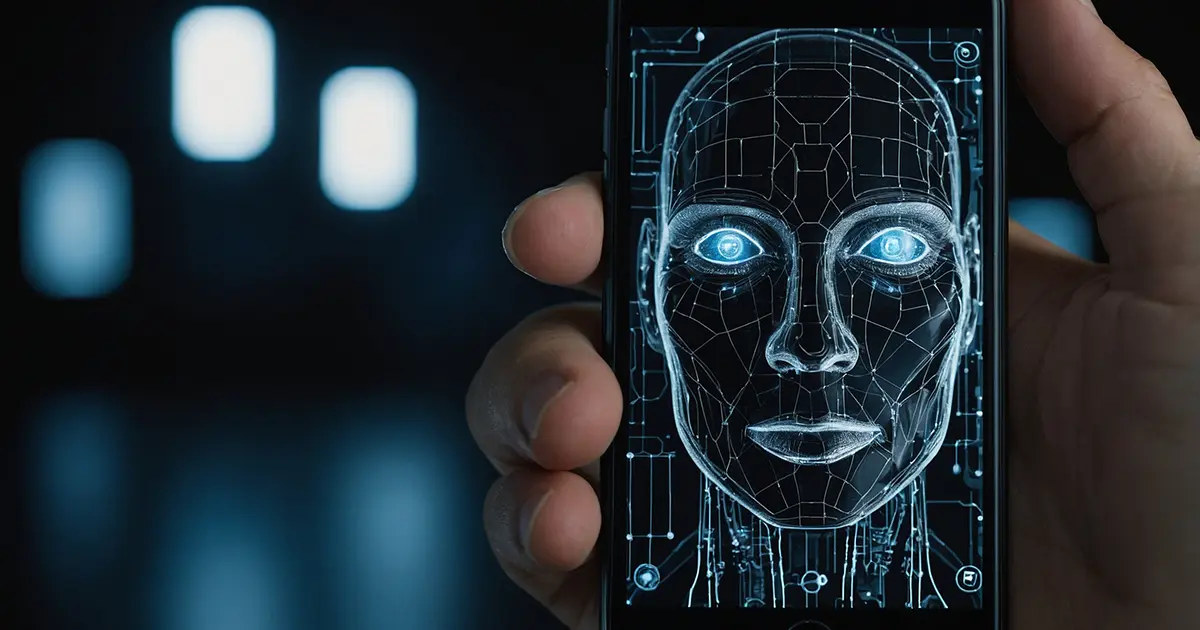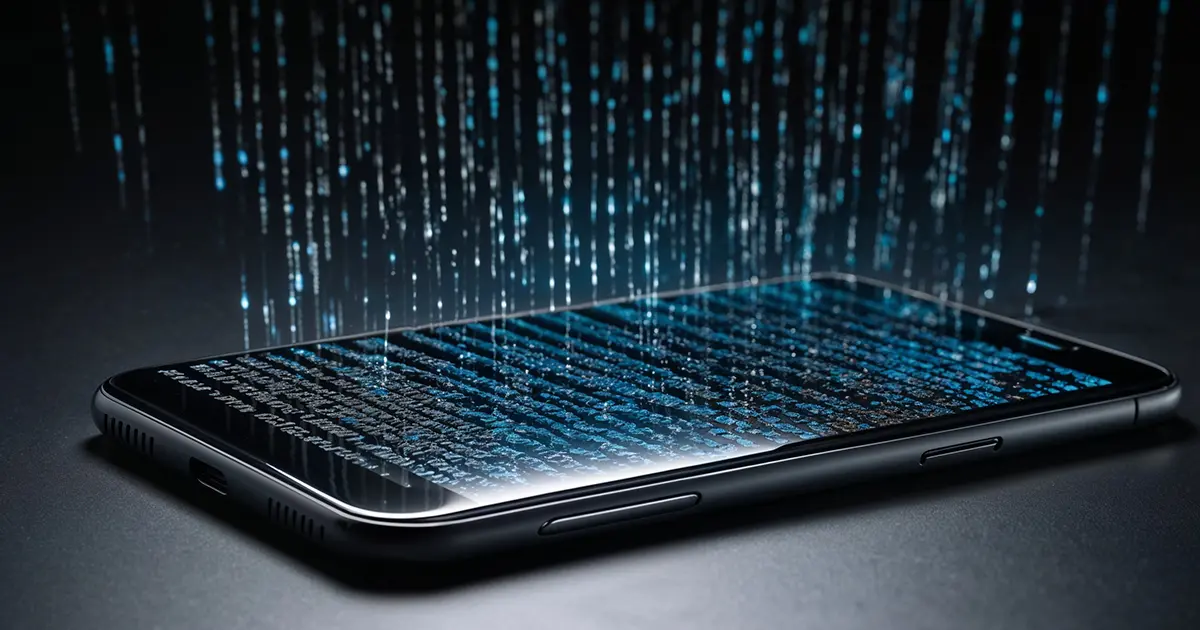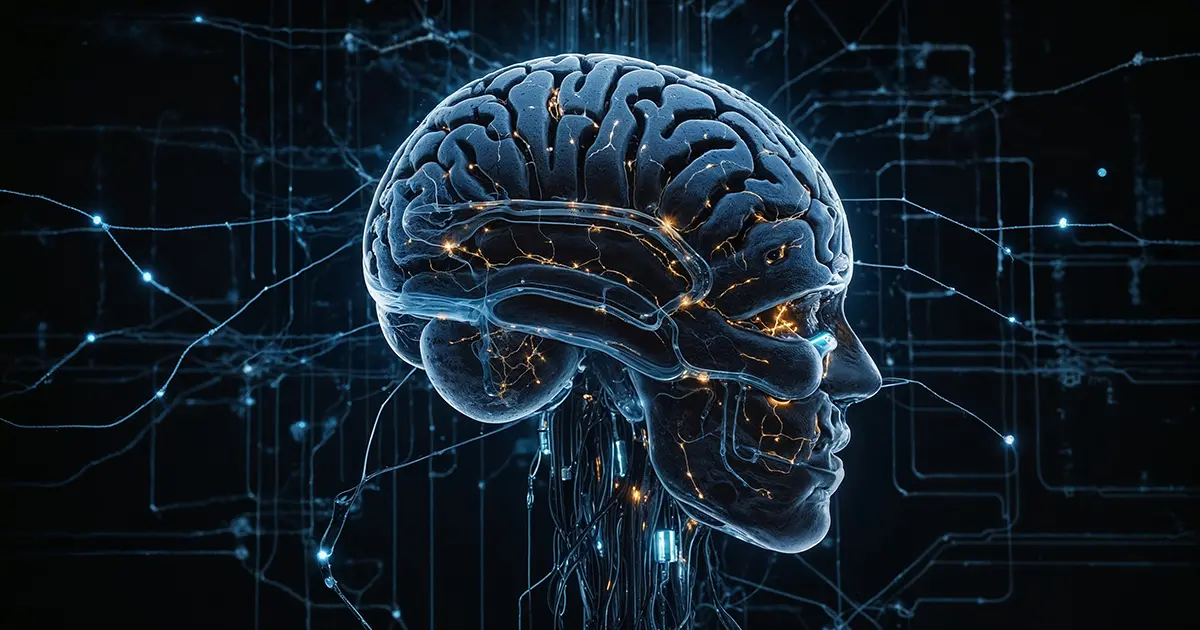AI in Smartphones: From Siri to Smart Cameras
Artificial intelligence is a key part of our smartphones, making everyday tasks more efficient. From voice assistants like Siri to smart camera features, AI has become indispensable. This article explores the evolution of AI in smartphones, its role in enhancing the user experience, and the future of intelligent mobile technology.
Early attempts at AI in smartphones
Artificial intelligence in smartphones didn’t happen overnight. The journey began with small, incremental steps toward making phones smarter. Early attempts can be traced back to the inclusion of basic speech recognition and predictive text capabilities in mobile devices. Apple’s Siri, introduced with the iPhone 4S in 2011, was one of the first prominent AI-powered smartphone assistants, allowing users to interact with their phones using natural language. Around the same time, Google introduced voice search and Google Now, both early efforts to provide smarter, contextual information. These early features laid the groundwork for what we now think of as AI in smartphones. They were the first taste of what it meant for a phone to adapt and learn from user behavior.
How AI works in today’s smartphones
Artificial intelligence in today’s smartphones is much more than just a voice assistant. It is embedded in almost every aspect of a phone’s functionality, from optimizing battery life to personalizing your experience. One of the simplest explanations of AI in smartphones is that it helps the device “learn” about you. It collects and analyzes data-your usage habits, how you speak, and even how you move-to provide a more personalized experience.
Take Google’s Pixel phones, for example. The AI in these devices works to provide features like adaptive battery management, which learns which apps you use the most and adjusts power distribution accordingly to extend battery life. AI is also what enables the Now Playing feature, which identifies songs playing in the background without you having to ask. Meanwhile, Huawei was one of the first companies to integrate a dedicated AI processor into its Kirin 970 chipset for the Mate 10 Pro. This enabled real-time photo recognition that could identify different scenes and objects to adjust camera settings for the best shot.

Apple has also integrated AI deeply into its iPhones with features like Face ID, which uses machine learning to recognize faces even as they change over time. Samsung, with its Galaxy line, uses AI for features like its Bixby virtual assistant, as well as smart photography enhancements that allow the phone to optimize camera settings for different environments. Today, nearly every major smartphone – whether from Apple, Google, Huawei, or Samsung – uses AI to enhance the user experience.
Key functions of AI in smartphones
AI in smartphones serves several purposes that improve usability and efficiency:
These features help make smartphones more intuitive and easier to use.
Voice assistants: The pioneers of AI in phones
Voice assistants like Siri, Google Assistant, and Bixby are some of the most recognizable AI applications on smartphones. They allow users to interact with their devices using natural language, making tasks like setting reminders, sending texts, and checking the weather much easier. Google Assistant, in particular, has become one of the most versatile AI tools, with the ability to answer complex questions and control smart home devices. Apple’s Siri started out as a simple assistant, but has evolved over time to become deeply integrated into the iOS system, allowing users to control apps and settings with voice commands.
AI in photography: A smarter camera experience
One of the areas where AI has had the biggest impact on smartphones is photography. Modern phones use AI to recognize what’s in the frame and automatically adjust settings like exposure and focus, and even suggest modes that will improve the image. Phones like the Google Pixel 7 and iPhone 14 Pro use machine learning algorithms to improve the quality of the images they take, even in challenging conditions. For example, Google’s Night Sight mode uses AI to improve photos taken in low light, while Apple’s Smart HDR uses machine learning to optimize detail and lighting in different parts of an image. These technologies ensure that even casual users can take professional-quality photos.
Expand your horizons with AI
The amazing thing about using AI in smartphones is that it’s accessible to everyone, even people who aren’t particularly tech-savvy. Our site is designed to help you understand these tools so you can use them with confidence. Whether you’re a complete beginner or just curious about the latest in AI technology, we explain everything in simple terms so you can learn without feeling overwhelmed. The goal is to make the technology understandable and help you see that using AI doesn’t have to be intimidating.

Personalized experience with AI
AI in smartphones is all about personalization. Features like app suggestions based on your routines, predictive text that learns how you type, and even the way your phone knows when to switch to night mode all help make your smartphone uniquely yours. Android’s adaptive brightness feature, for example, adjusts the screen brightness over time based on your preferences and habits. These kinds of personal touches make your phone smarter about your specific needs, without you even noticing the intricate processes at work.
Dive deeper into AI tools
Artificial intelligence has transformed smartphones from basic communication tools to sophisticated personal assistants that can learn and adapt. If you’re interested in discovering more AI tools and services that can simplify your daily life, check out our other sections on AI applications and services, where we explore more ways AI can improve everyday tasks.


















